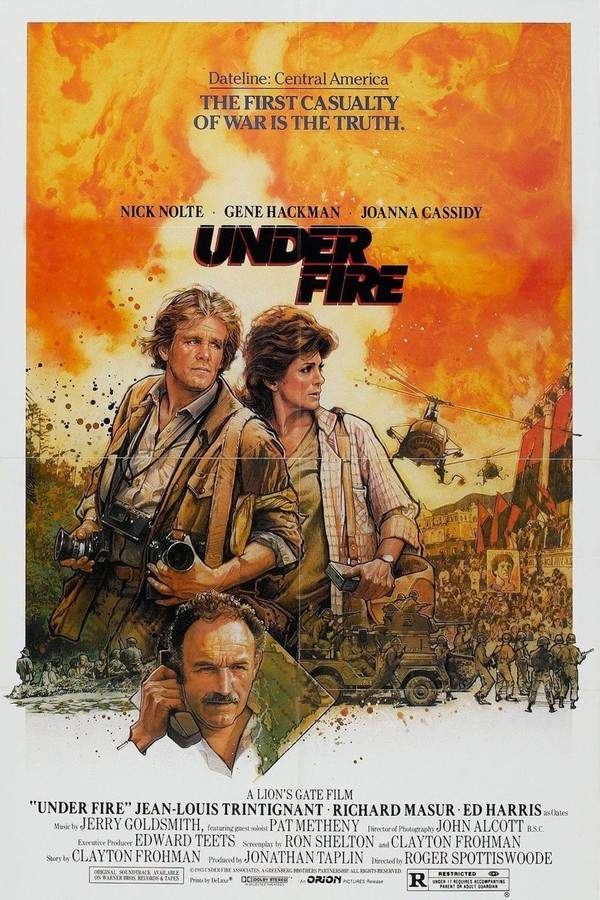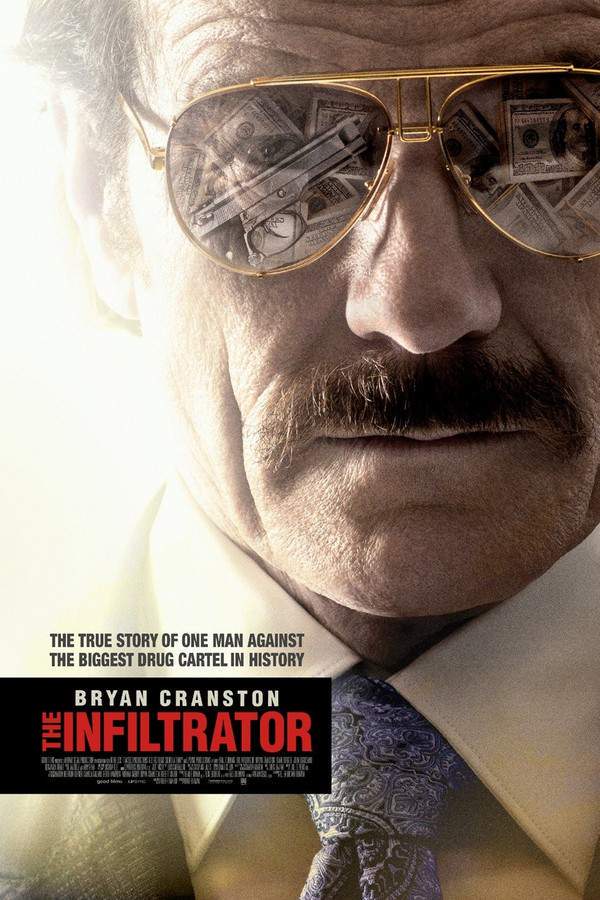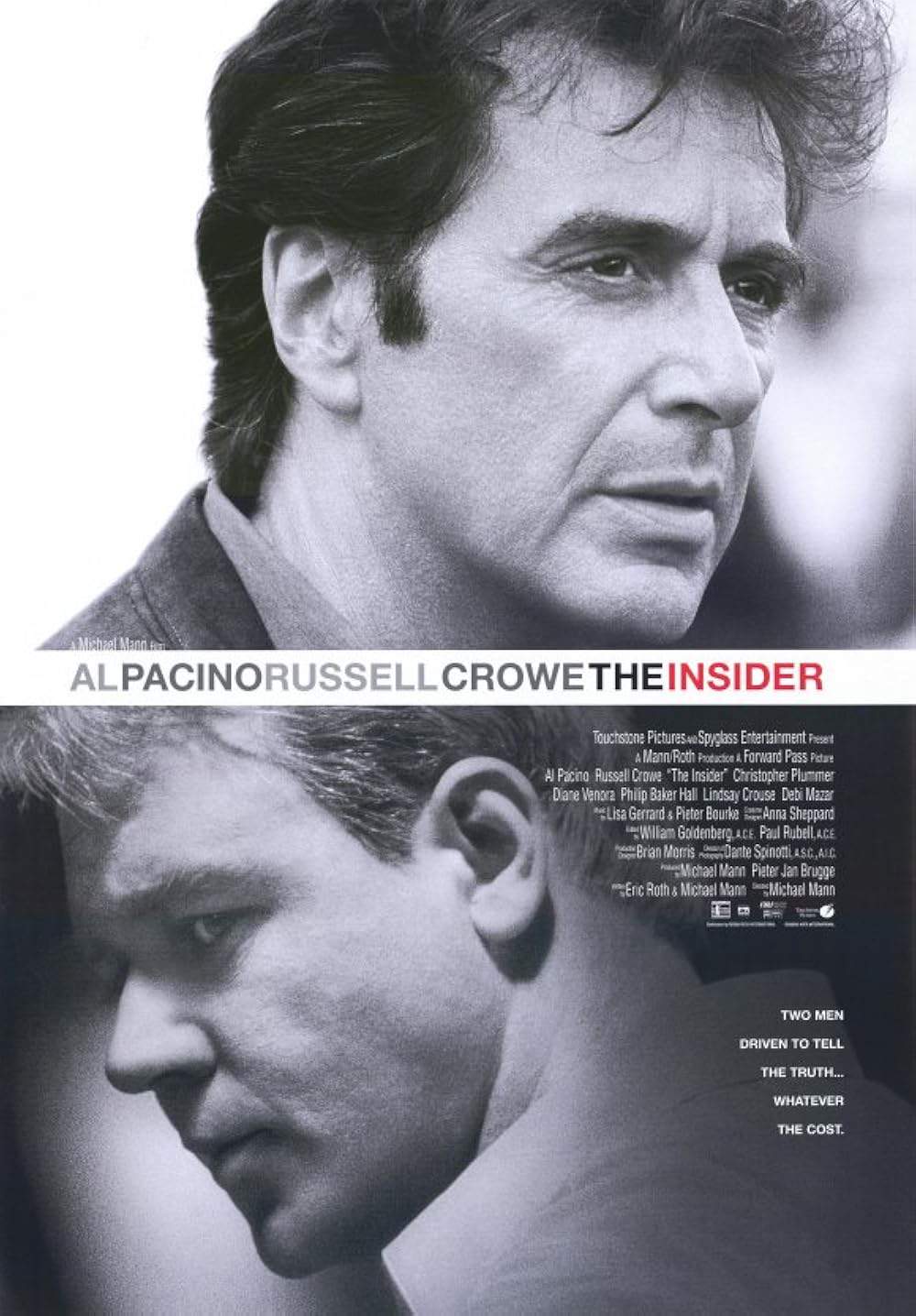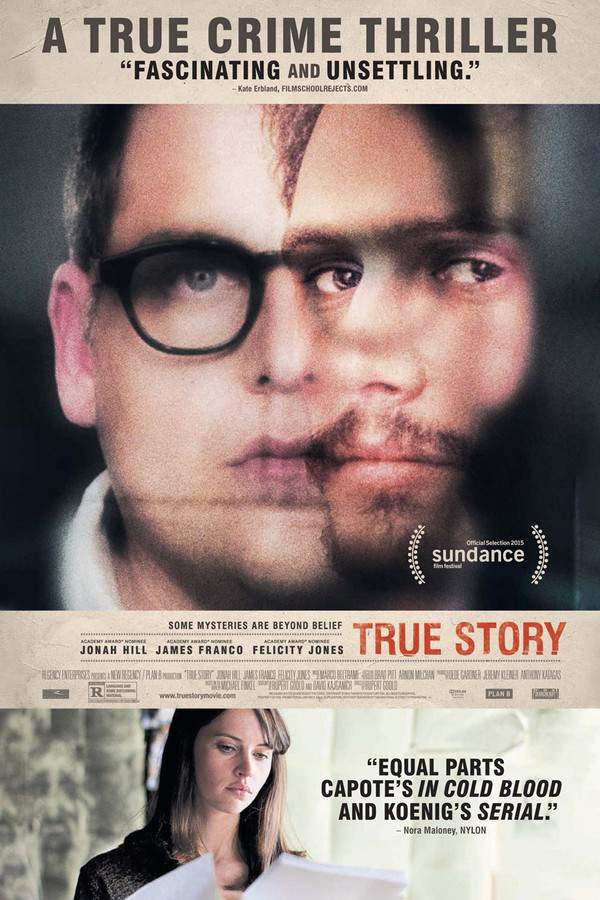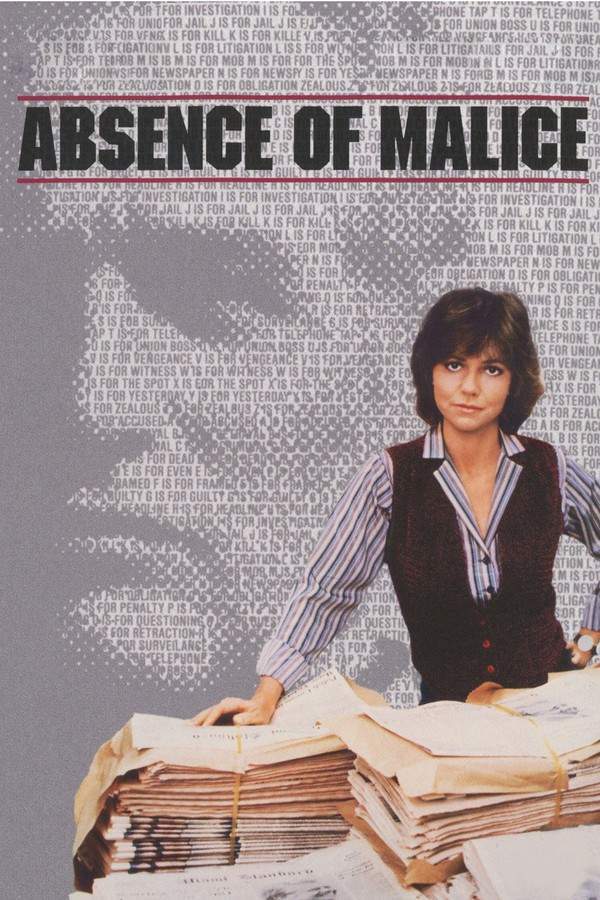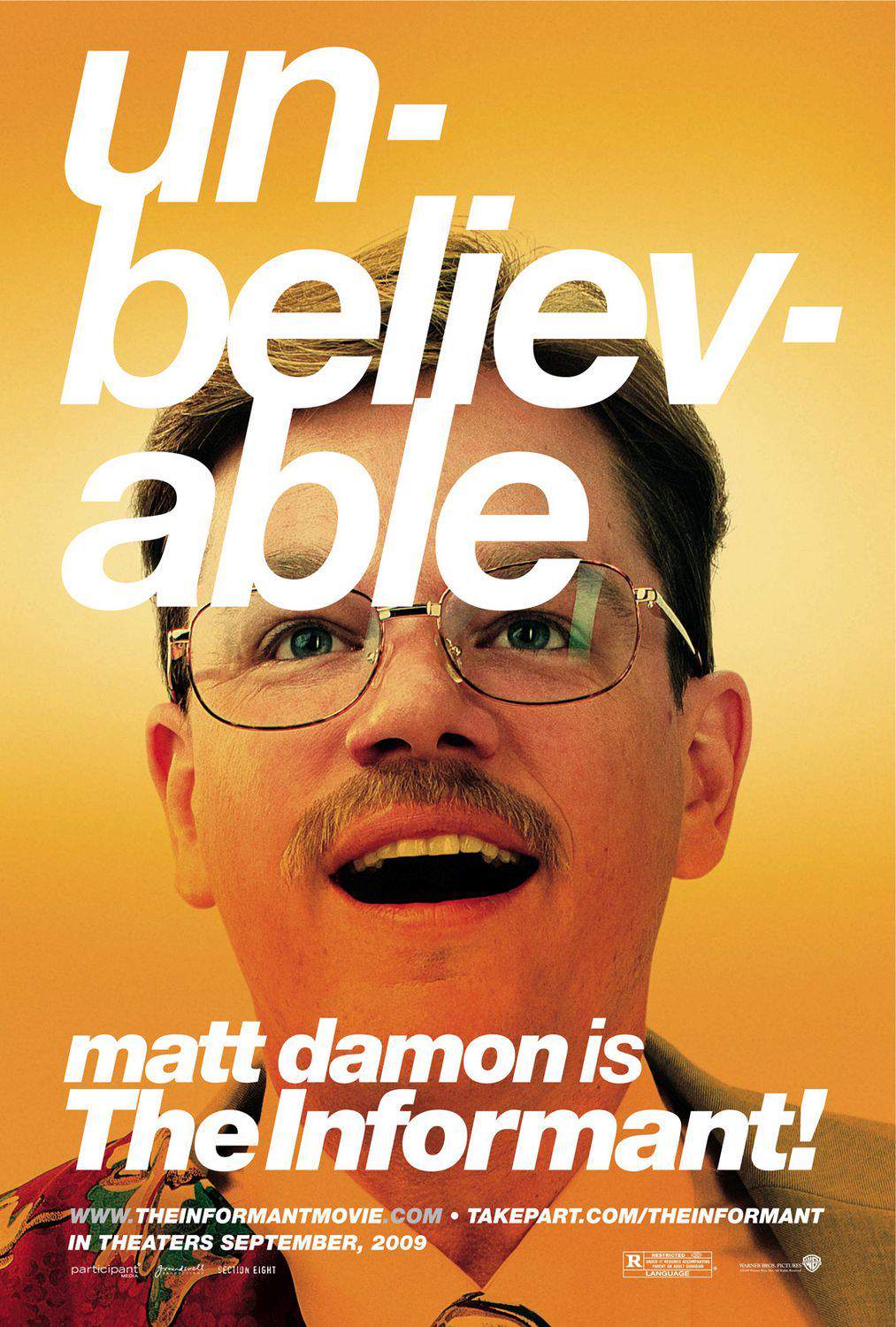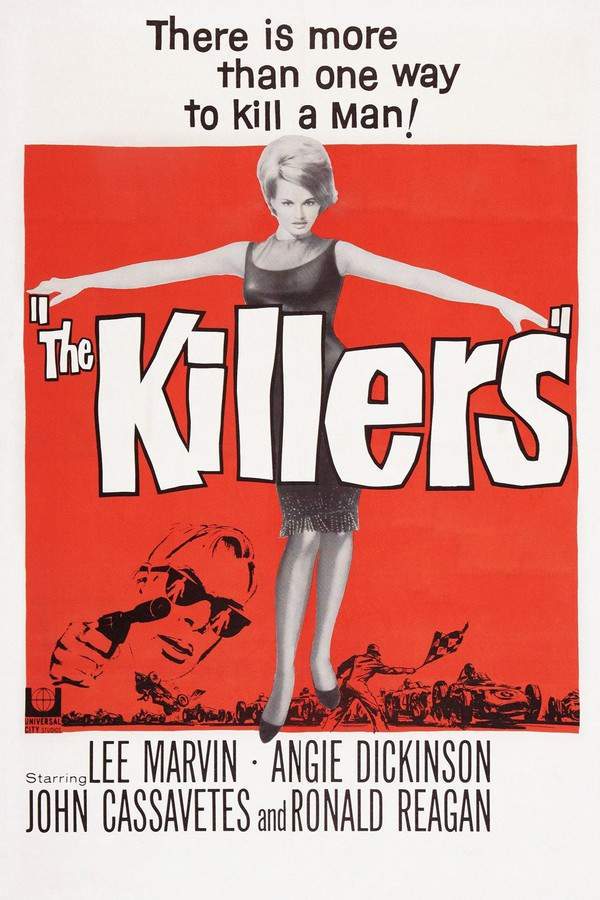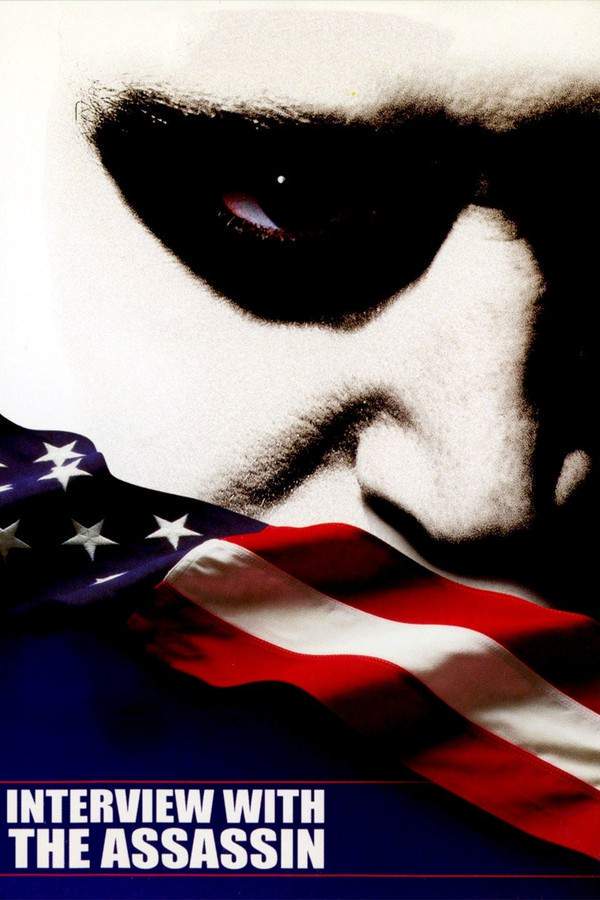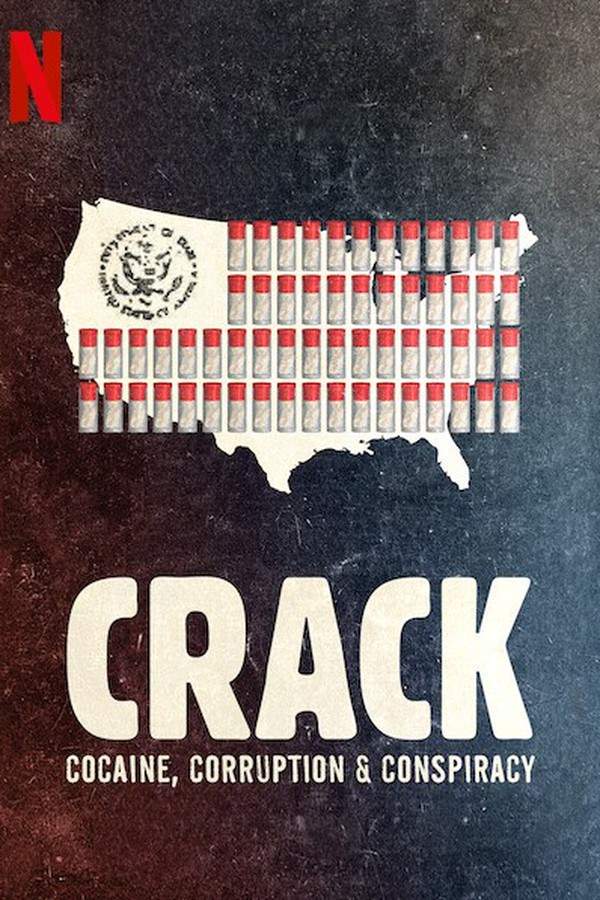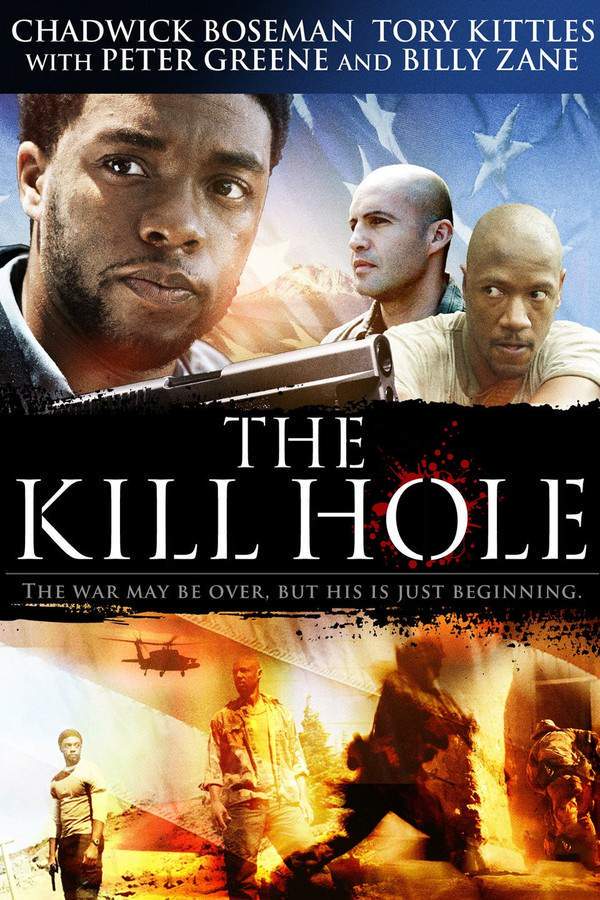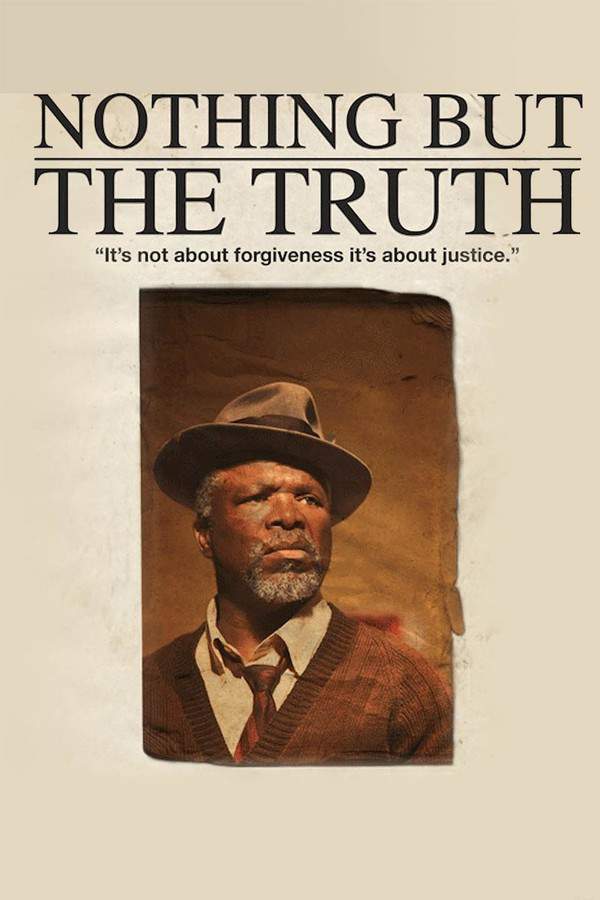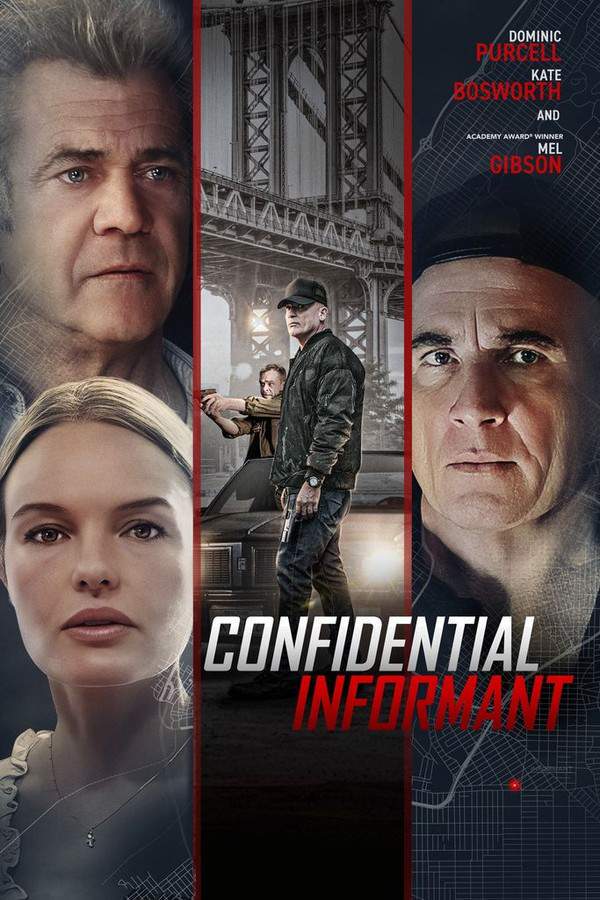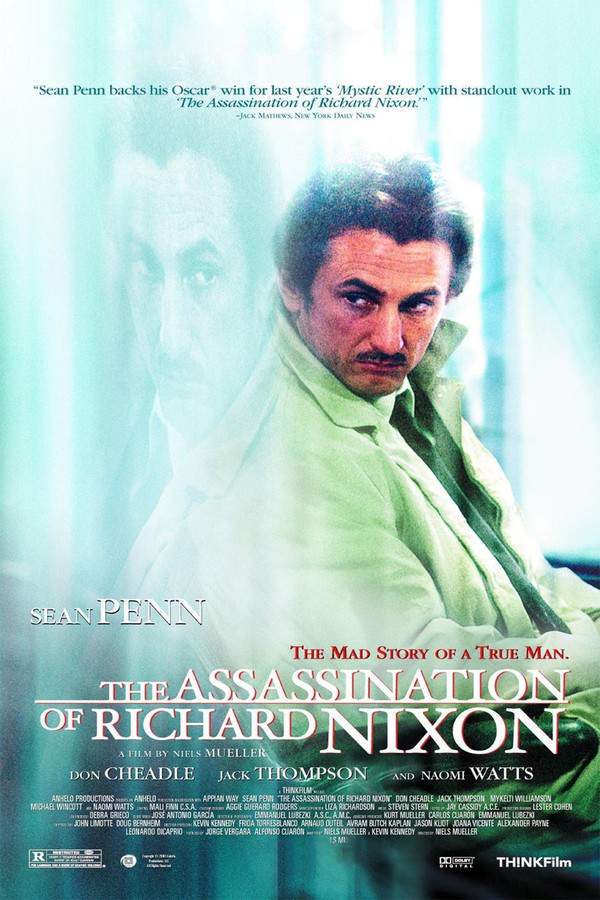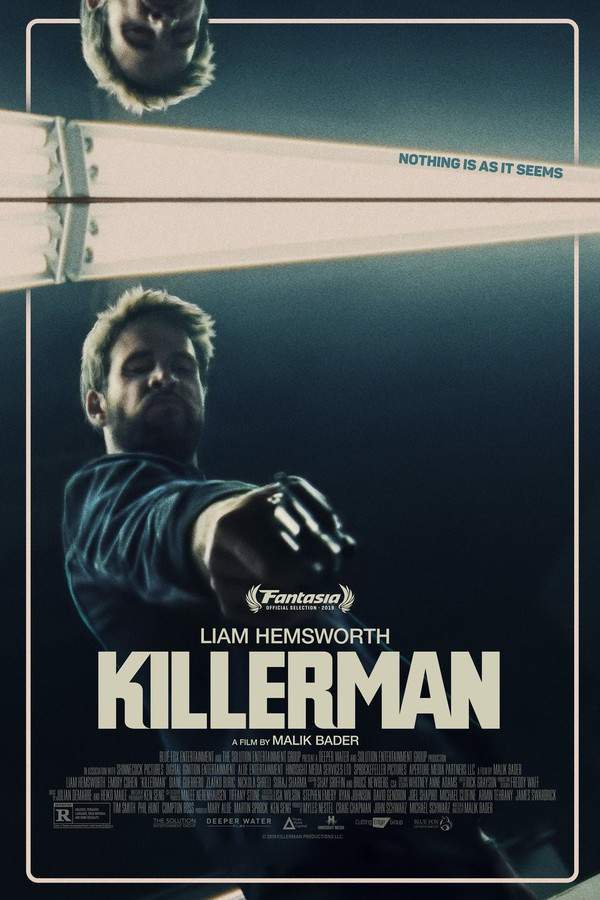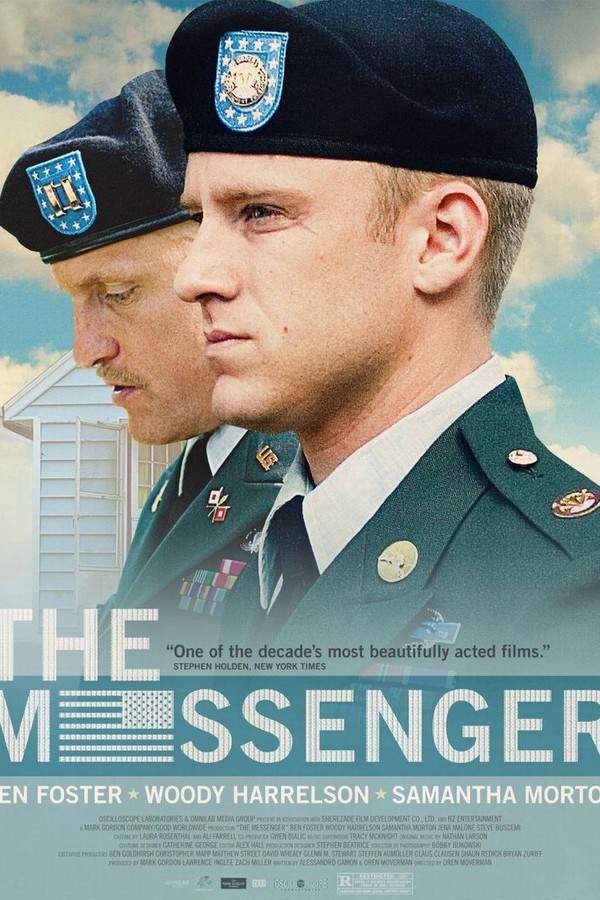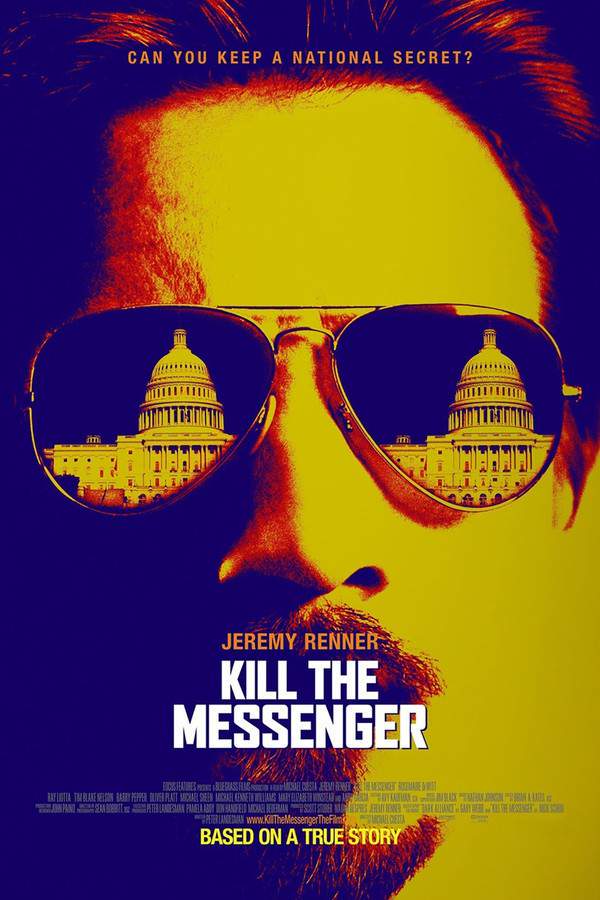
Kill the Messenger
Year: 2014
Runtime: 112 min
Language: English
Director: Michael Cuesta
Investigative journalist Gary Webb’s relentless pursuit of a story leads him to uncover a disturbing connection between CIA-backed drug cartels and the crack epidemic’s impact on American communities. Facing intimidation and warnings as he digs deeper, Webb confronts a complex network of deceit and powerful forces determined to silence him. His determination to expose the truth places him in grave danger, forcing him to navigate a treacherous path fraught with risk.
Warning: spoilers below!
Haven’t seen Kill the Messenger yet? This summary contains major spoilers. Bookmark the page, watch the movie, and come back for the full breakdown. If you're ready, scroll on and relive the story!
Timeline – Kill the Messenger (2014)
Trace every key event in Kill the Messenger (2014) with our detailed, chronological timeline. Perfect for unpacking nonlinear stories, spotting hidden connections, and understanding how each scene builds toward the film’s climax. Whether you're revisiting or decoding for the first time, this timeline gives you the full picture.
Last Updated: October 09, 2025 at 16:20
Unlock the Full Story of Kill the Messenger
Don't stop at just watching — explore Kill the Messenger in full detail. From the complete plot summary and scene-by-scene timeline to character breakdowns, thematic analysis, and a deep dive into the ending — every page helps you truly understand what Kill the Messenger is all about. Plus, discover what's next after the movie.
Kill the Messenger Summary
Read a complete plot summary of Kill the Messenger, including all key story points, character arcs, and turning points. This in-depth recap is ideal for understanding the narrative structure or reviewing what happened in the movie.

Characters, Settings & Themes in Kill the Messenger
Discover the characters, locations, and core themes that shape Kill the Messenger. Get insights into symbolic elements, setting significance, and deeper narrative meaning — ideal for thematic analysis and movie breakdowns.

Similar Movies to Kill the Messenger
Discover movies like Kill the Messenger that share similar genres, themes, and storytelling elements. Whether you’re drawn to the atmosphere, character arcs, or plot structure, these curated recommendations will help you explore more films you’ll love.
Explore More About Movie Kill the Messenger
Kill the Messenger (2014) Plot Summary & Movie Recap
Kill the Messenger (2014) Scene-by-Scene Movie Timeline
Kill the Messenger (2014) Spoiler-Free Summary & Key Flow
Movies Like Kill the Messenger – Similar Titles You’ll Enjoy
Under Fire (1983) Detailed Story Recap
The Infiltrator (2016) Story Summary & Characters
The Insider (1999) Movie Recap & Themes
True Story (2015) Ending Explained & Film Insights
Absence of Malice (1981) Plot Summary & Ending Explained
The Informant! (2009) Detailed Story Recap
The Killers (1964) Full Summary & Key Details
Interview with the Assassin (2002) Full Movie Breakdown
Crack: Cocaine, Corruption & Conspiracy (2021) Movie Recap & Themes
The Kill Hole (2013) Full Movie Breakdown
Nothing But the Truth (2008) Movie Recap & Themes
Confidential Informant (2023) Full Movie Breakdown
The Assassination of Richard Nixon (2004) Story Summary & Characters
Killerman (2019) Complete Plot Breakdown
The Messenger (2015) Story Summary & Characters


